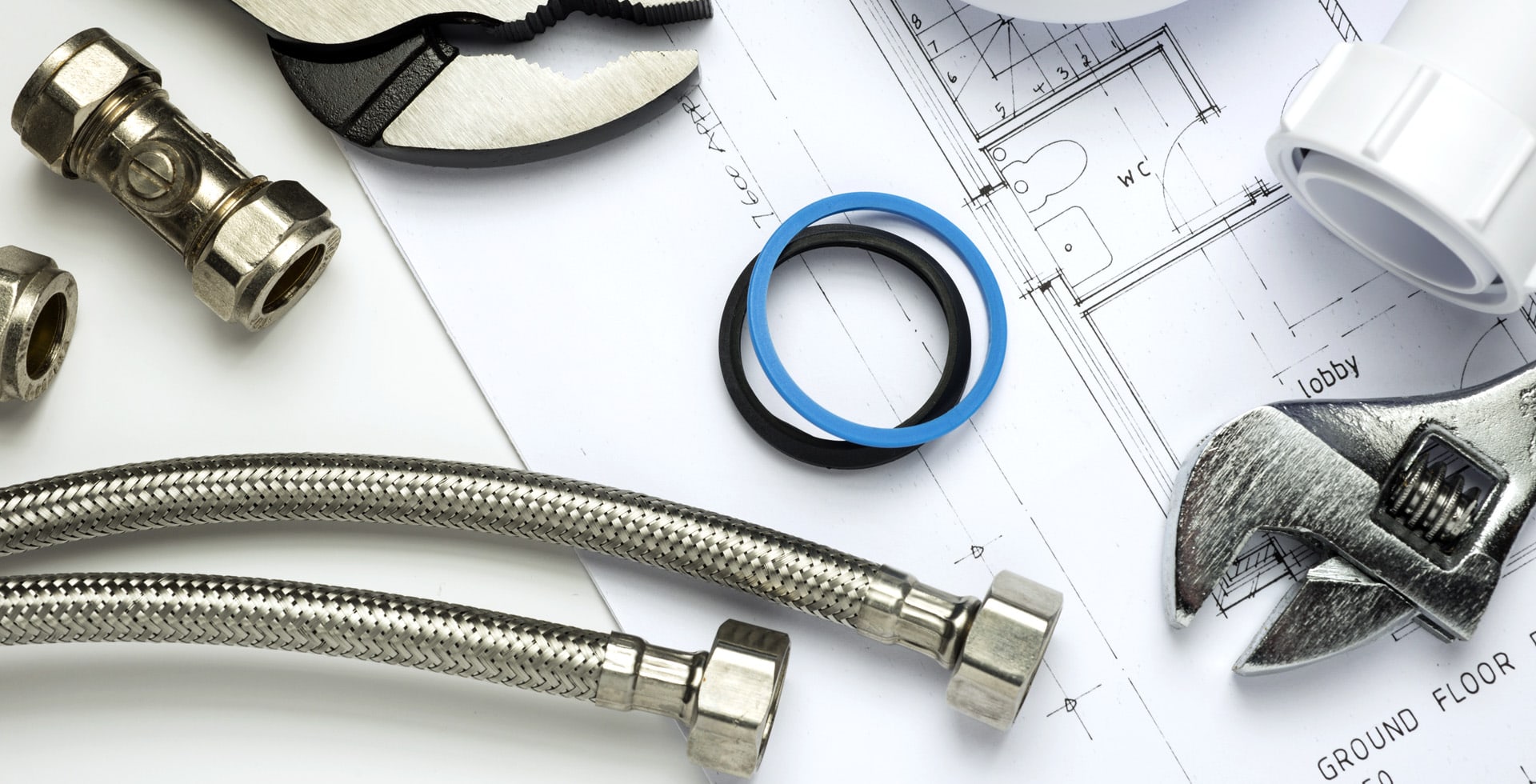“`html
Air Ducts and Indoor Air Quality: What to Know
Indoor air quality (IAQ) is essential for maintaining a healthy living environment. One of the most crucial components influencing IAQ is the air duct system. In this article, we will discuss the connection between air ducts and indoor air quality, the importance of regular maintenance, and actionable tips to improve air quality in your home.
Understanding Air Ducts
Air ducts are essential for the heating, ventilation, and air conditioning (HVAC) systems in your home. They distribute conditioned air throughout your living spaces while also returning air back to the HVAC unit. Proper functioning air ducts are vital for maintaining comfort and air quality in your home.
Types of Air Ducts
- Flexible Ducts: Made of soft materials, flexible ducts are easy to install and navigate around obstacles. However, they are more susceptible to damage and require regular inspection.
- Rigid Ducts: Typically made of metal or fiberglass, rigid ducts are more durable and offer better airflow. They often provide superior air quality when properly insulated and sealed.
- Combined Ducts: Some HVAC systems utilize a combination of flexible and rigid ducts to optimize installation and performance.
The Impact of Air Ducts on Indoor Air Quality
Air ducts can significantly influence the quality of the air you breathe indoors. When they are dirty or damaged, they can circulate pollutants throughout your home. Here are several factors to consider regarding air ducts and IAQ:
Pollutants Accumulating in Air Ducts
Over time, air ducts can accumulate dust, allergens, and other pollutants, including:
- Dust mites
- Pollen
- Mold spores
- Pet dander
- Hair and fibers
These contaminants can trigger allergies, asthma, and other respiratory issues. As the HVAC system operates, it can continuously circulate these particles, affecting the overall air quality in your home.
Effects of Poorly Maintained Air Ducts
Neglecting air duct maintenance can lead to several issues:
- Reduced Airflow: Dirt and debris can obstruct airflow, causing your HVAC system to work harder and potentially leading to increased energy bills.
- Health Risks: Contaminated air can exacerbate breathing problems and allergies, particularly for vulnerable populations such as infants and the elderly.
- Mold Growth: Moisture in air ducts can lead to mold development, which is harmful when inhaled.
Maintaining Air Ducts for Better Indoor Air Quality
To enhance IAQ, it is essential to maintain your air duct system regularly. Here are some effective strategies for ensuring your ducts support a healthy environment:
Regular Inspection and Cleaning
Inspecting and cleaning air ducts is crucial to preventing the buildup of dust and allergens. Consider these guidelines:
- Schedule a professional duct cleaning every 3-5 years, depending on your home’s environment and maintenance history.
- Look for signs of mold, excessive dust, or visible debris in the ducts.
- Consider using vacuum systems specifically designed for duct cleaning to minimize dust re-release during the process.
Seal and Insulate Ducts
Sealing and insulating ducts can improve airflow and enhance energy efficiency:
- Use duct mastic or metal tape to seal any seams or joints in the ductwork.
- Insulate ducts located in unconditioned spaces to prevent temperature fluctuations and moisture buildup.
Use High-Quality Filters
Installing high-efficiency air filters can capture more particles and improve IAQ:
- Choose filters with a Minimum Efficiency Reporting Value (MERV) of at least 8 or higher for optimal air filtration.
- Regularly check and replace filters, at least every 1-3 months, to ensure optimal performance.
Additional Tips for Improving Indoor Air Quality
Aside from duct maintenance, consider implementing these additional strategies to enhance your home’s IAQ:
Ventilation
Ensure your home is well-ventilated to allow fresh air to circulate:
- Open windows when possible to introduce outdoor air.
- Use exhaust fans in kitchens and bathrooms to reduce humidity and pollutants indoors.
Humidity Control
Managing humidity levels can prevent mold growth:
- Keep indoor humidity between 30% and 50% using dehumidifiers or humidifiers as necessary.
- Fix any leaks or water damage in your home promptly.
Regular Maintenance of HVAC Systems
Your HVAC system plays a role in maintaining air quality as well:
- Schedule regular HVAC maintenance checks to ensure your system is functioning efficiently.
- Consider upgrading to a modern HVAC system designed for improved IAQ.
Conclusion
Maintaining clean air ducts is essential for promoting good indoor air quality in your home. By being proactive about air duct maintenance and following the suggested practices, you can create a healthier environment for you and your loved ones. Don’t overlook the significance of air ducts in your overall indoor air quality strategy.
“`

